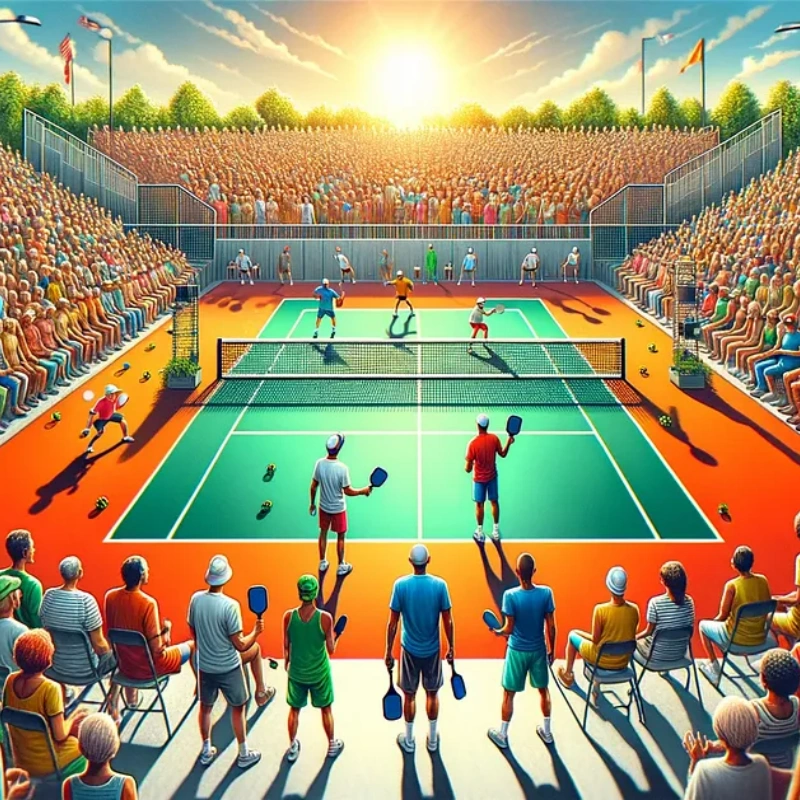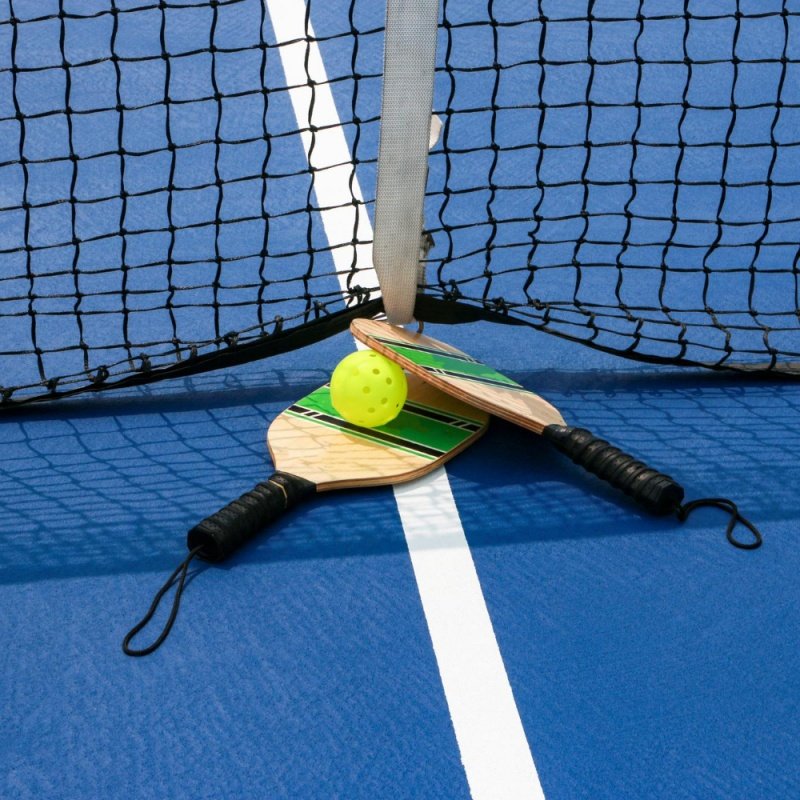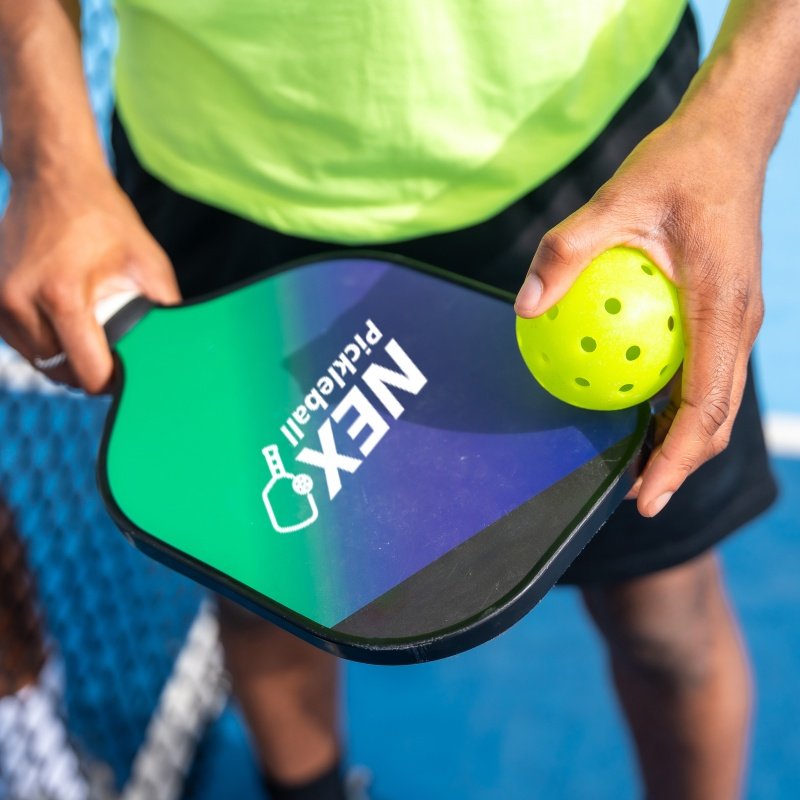Pickleball is rapidly gaining popularity, but many wonder where its name comes from and what makes the game unique. Let's explore its origins and the essence of the game.
Pickleball is a fun and fast-growing sport1 that combines elements of tennis, badminton, and ping pong. It’s often played in doubles, but can also be played solo.
Want to know more about its origin? Keep reading to find out how the name "pickleball" came to be and what makes the game stand out.
Why did they call it pickleball?
Pickleball’s name has intrigued players for decades. It may sound quirky, but there's an interesting story behind it.
**The name “pickleball” is often misunderstood, with several theories. The true origin is tied to the sport’s co-founder, Joel Pritchard’s dog, Pickles2
The name “pickleball” was chosen by one of the co-founders after his dog, Pickles, frequently ran around the court during games. Some think it’s named after a "pickle boat3" in crew, but the real story is much more personal.
The Two Main Theories
- The Dog Theory: Joel Pritchard, one of the sport's co-founders, had a dog named Pickles. The dog would chase the ball around during games, and they decided to name the game after him.
- The Pickle Boat Theory: Another story suggests that the term "pickle boat" from crew racing influenced the name, referring to a boat made from the leftover rowers.
While both stories are popular, the dog theory is the one that has stuck. So, next time you hear someone ask, "Why is it called pickleball?" you can confidently share this fun tidbit.
What is pickleball in simple terms?
Pickleball is a racket sport, but it’s much more than just a fun game. Its simplicity and accessibility4 have made it popular across all age groups.
Pickleball is a game where players use paddles to hit a ball over a net. It’s played on a smaller court than tennis, making it easier to learn and enjoy.
The sport is a hybrid of tennis, badminton, and ping pong. You play with a paddle and a plastic ball with holes, aiming to score points by making the ball land in the opponent’s court.
Basic Rules of Pickleball
- Played with paddles and a plastic ball.
- A net divides the court, with teams of one or two players.
- Points are scored when the opponent fails to return the ball within the boundaries of the court.
Pickleball’s simplicity makes it easy to pick up, even for beginners. It requires less running than tennis and can be played in both doubles and singles formats, making it a social, inclusive5 game.
What is the main difference between pickleball and tennis?
At first glance, pickleball and tennis may look similar, but there are several key differences that set them apart.
Pickleball differs from tennis primarily in the size of the court, the equipment used, and the overall pace of the game.
The court size is smaller, the ball is lighter, and the net is lower than in tennis. The game also relies on paddles, not rackets, and is often played at a slower pace. These differences make it easier for people of all ages to enjoy the game.
Key Differences
| Feature | Pickleball | Tennis |
|---|---|---|
| Court Size | 20x44 feet (smaller) | 36x78 feet (larger) |
| Equipment | Paddles and plastic ball | Rackets and rubber ball |
| Net Height | 36 inches at the center | 42 inches at the center |
| Pace of Play | Slower, more controlled | Faster, with more running |
| Scoring | Points up to 11 or 21, with a 2-point margin | Points typically up to 15 or 30 |
This makes pickleball an excellent option for those seeking a less physically demanding yet competitive game.
Why do people like pickleball more than tennis?
Pickleball’s popularity is surging, often surpassing tennis in some regions. Why is that?
Pickleball is easier to play, less strenuous on the body, and offers a more social and relaxed experience than tennis.
Because it’s played on a smaller court and with slower-paced play, it's less physically demanding. Plus, it’s a lot more social, with many people enjoying doubles matches, which promotes interaction and teamwork.
Factors Contributing to Popularity
- Accessibility: Easier to learn, with less of a steep learning curve than tennis.
- Lower Physical Demands: The smaller court size and slower game pace reduce the physical strain on players.
- Social Interaction: Pickleball is often played in doubles, encouraging more social engagement.
Pickleball’s inclusive nature and low impact on the body make it a great choice for a wide range of people, from young children to older adults, increasing its appeal over tennis.
Conclusion
Pickleball offers a unique combination of simplicity, fun, and inclusivity, making it an increasingly popular alternative to tennis.
-
Sport: Learn about the various elements that make pickleball a unique sport. ↩
-
Learn about Joel Pritchard and his influence on pickleball's naming. ↩
-
Understand what a pickle boat is and its relevance to the sport's name. ↩
-
Discover how accessibility contributes to pickleball's popularity. ↩
-
Explore the inclusive aspects that make pickleball appealing to all. ↩








